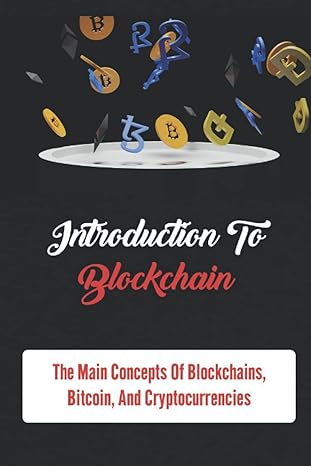wage in country A. Labor demiven by Wn=6L2, where L2 is the number of workers and W2 is the and in country B is given by Wb=6 - Lb where Lb is the number of a. I worker would move b. I worker would m move c. 2 workers weuld e. No worker would move a. Are more likely to be admitted for economic reasons 6. Relative to immigrants in the US, imme b. Have higher levels of education and natives upon immigrants' arrival) 7. Which of the following are mechanisms to obtain a US permanent residency? d. a and b e. a,b and c a. Marrying a US citizen b. Winning the diversity lottery c. Being sponsored by a US-born cousin d. a and b 8. In lecture, we discussed the article "Immigration Restrictions as Active Labor Market Policy: e. a,b and c some states had "low exposure" to the progr This paper measures the effects of ending 9. Relative to the year 2008 , immigrants in the contemporary US are characterized by: a. Higher fraction without a high school degree, higher fraction of visa overstayers (i.e. those who entered the country with a valid visa but stayed longer than allowed) b. Lower fraction without a high school degree, higher fraction of visa overstayers c. Higher fraction without a high school degree, lower fraction of visa overstayers d. Lower fraction without a high school degree, lower fraction of visa overstayers e. Similar fraction without a high school degree, lower fraction of visa overstayers 10. Assume you are interested in measuring the impacts of HI-B visas on the labor market outcomes of US natives. To measure these impacts, you are planning to use the "spatial correlations" approach, comparing US cities that received different numbers of H1-B workers. Which of the following would be a problem when using this approach? a. H1-B visas are only issued to highly skilled individuals b. US companies prefer to hire natives than immigrants because H1-B paperwork is costly c. Companies based in cities with better economic performance are more likely to sponsor an immigrant for an H1-B visa d. Natives and immigrants are not perfect substitutes. e. The US is experiencing an economic boom 11. Immigrants in the contemporary US are characterized by the following: a. First-generation immigrants are more than 20% of the population; higher fraction of authorized than unauthorized immigrants b. First-generation immigrants are less than 20% of the population; higher fraction of authorized than unauthorized immigrants c. First-generation immigrants are less than 20% of the US population; higher fraction of unauthorized than authorized immigrants d. First-generation immigrants are more than 20% of the US population; higher fraction of unauthorized than authorized immigrants e. First-generation immigrants are less than 20% of the US population; similar fraction of unauthorized than authorized immigrants 12. In the Roy/Borjas model of immigrant selection, an increase in the returns to skill in the destination country will cause: a. An increase in the number of migrants b. A decrease in the number of migrants








